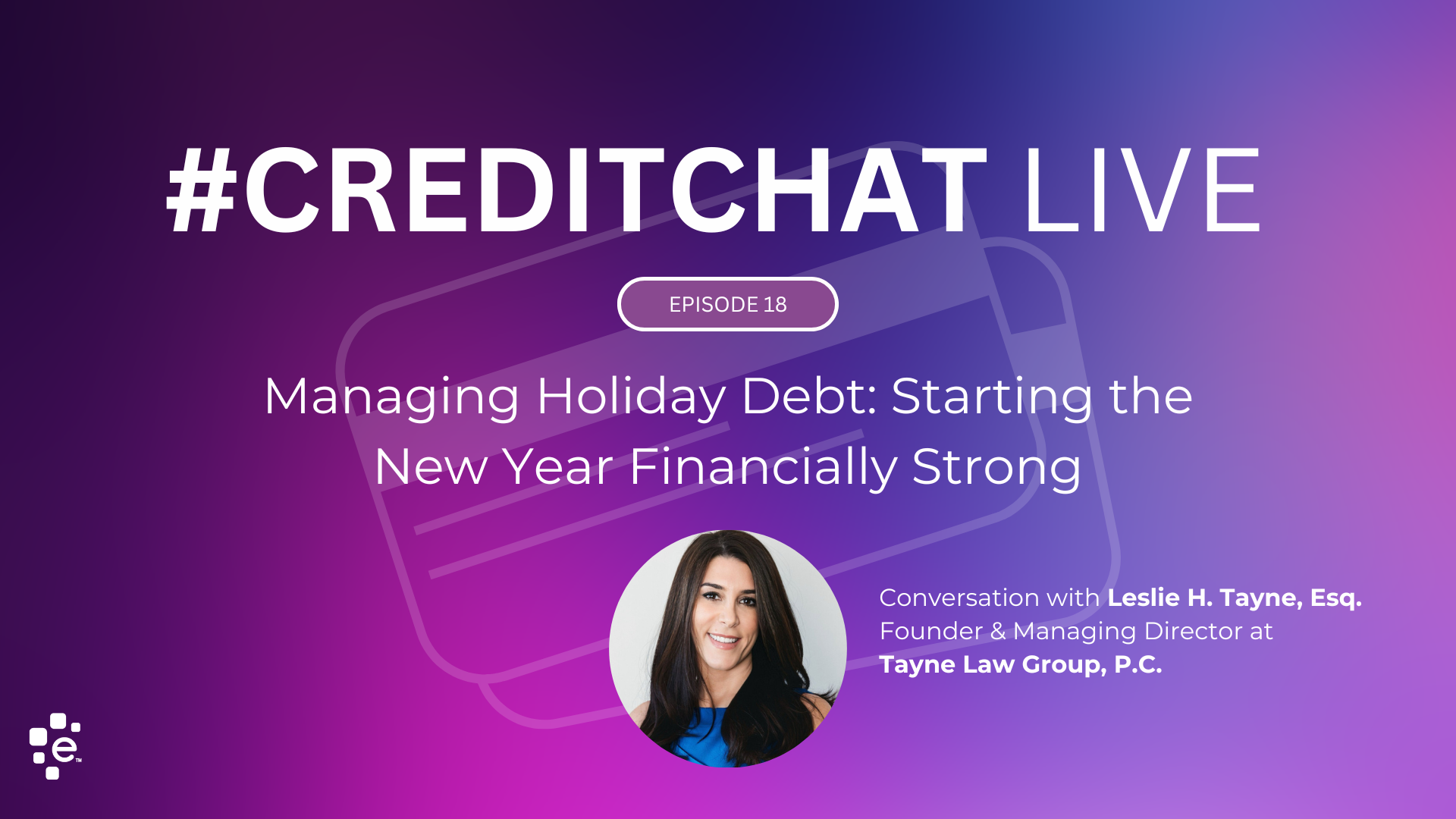Lorem Ipsumis simply dummy text of the printing and typesetting industry. Lorem Ipsum has been the industry’s standard dummy text ever since the 1500s, when an unknown printer took a galley of type and scrambled it to make a type specimen book. It has survived not only five centuries, but also the leap into electronic typesetting, remaining essentially unchanged
Author One
![This Year’s Most Sought-After Data Roles [White Paper] #DataScience #CDO #BigData](https://stg1.experian.com/blogs/news/wp-content/uploads/2017/07/hands.png)
Organizations everywhere are looking to do more with their data assets, as well as better leverage open data and third party data sources for additional consumer insight. The good news is that there is no shortage of information available. The bad news is that wrangling and making sense of all that information can be very challenging. That is why we see 61 percent of U.S. companies stating inaccurate data is undermining their ability to provide an excellent customer experience. However, there is a new breed of data professionals trying to change all that. New talent is coming into organizations looking to unlock the power of data to transform business operations and better serve clients. Businesses everywhere are eager to bring on these data professionals; to the point it is creating a frenzy around data staffing. If you are looking to hire new data professionals, you are certainly not alone. According to a new Experian Data Quality report, Investing in Digital Transformation: This Year’s Most Sought-After Data Roles, businesses are hiring a mix of business- and regulation-focused data positions. Below is a chart showing the top roles being hired according to U.S. respondents and also c-level executives specifically: There are a few key roles I want to highlight. First, data analysts. They are the most sought-after data role by U.S. organizations, mainly because they are so versatile. They are individuals placed across departments to analyze data in such a way that it can be used for business intelligence. 57% percent of businesses spend a majority of their time analyzing data, and this role is key to ensuring they’re getting the right results. The most important role for c-level executives is the chief data officer (CDO). The CDO has seen a lot of hype in the past few years and at this point we are seeing more general adoption of the role. This individual is responsible for developing and implementing an information strategy, which includes disciplines like data security, governance, quality, and management. They also will oversee a team of data professionals who bridge the gap between the business and IT. We have more research on this role in particular coming out next month, but they will often shape cross-functional data organizations and how well businesses can achieve the data insight they desire. In general, with all of these roles, talent shortages are a problem. Relative to demand, very few experienced individuals exist on the market. This means organizations need to come up with creative ways to attract and maintain this talent to keep up with the changing business landscape. For more information on these and other data roles, download a copy of our new report: Investing in digital transformation: This year’s most sought-after data roles. Download the complete "The Year's Most Sought-After Data Roles" report.

The real-time economy is all around us. With the swipe of a finger, we can order a car, find a babysitter or make a mortgage payment. At the heart of this revolution is the smartphone — a whopping 97 percent of Americans between 18 and 44 own one. This makes the smartphone the single most ubiquitous piece of consumer technology in the United States today. But for all the sectors it has transformed, consumer credit — and the lending experience overall — sadly hasn’t been one of them. That changes today, with the launch of Experian’s Text for CreditTM. In the past, obtaining credit was a tedious and often frustrating experience. Let’s use buying a car as an example. After test-driving a few makes and models, you’ve finally settled on the perfect car — an SUV, perhaps. You head to the dealership and then fill out page after page of personal information to prove your creditworthiness. Finally, after what can sometimes be hours, you’re (hopefully) approved. Not only does this take up valuable time, it also makes it less likely you’ll shop around for the best deal. On top of this, you’re sharing sensitive personal financial details with a complete stranger and leaving a paper trail. Text for Credit solves for these issues. And it’s as simple as it sounds: When seeking credit, you text a keyword such as “CREDIT” to a number supplied by a business, the same way some retailers now allow consumers to “text to buy.” Within seconds, you’ll receive a text message response that takes you to a hosted website where you can review credit offers, apply and receive an instant decision. In most cases, you’ll be recognized by your device’s credentials, which lets you avoid filling out a lengthy credit application. If approved, you’ll have real-time access to the credit via a barcode or account details sent to your device. To develop Text for Credit, we thought about consumers’ biggest concerns when applying for credit. In a July 2017 Experian survey, consumers most frequently cited privacy as a top concern. This was followed closely by the time it takes to apply. Lengthy application processes are such a challenge, in fact, that one in 10 consumers surveyed said they have simply walked away from a purchase because the application process was taking too long. Perhaps more frustrating, roughly the same number have given up because the person in front of them was going through a lengthy credit application process. Text for Credit addresses these concerns by using sophisticated mobile security techniques to verify identity and provide an almost instantaneous credit decision, alleviating potentially dirty looks from your fellow shoppers in line. Obtaining credit should never be done impulsively or recklessly, but it shouldn’t be needlessly complicated, either. Smartphones and the real-time economy are making countless facets of our lives more efficient and allowing us to dedicate our precious time to pursuits that matter to us. Text for Credit harnesses the power of mobile and real time to make stress-free credit a reality.

Believe it or not, my personal journey as a woman in data science started with physics. I was always very curious by nature and tried to understand what happens around me. I studied for both a master’s in physics in Spain and a Ph.D. in astrophysics in the Netherlands before making my shift from academia to industry (first in a Big Four consultancy and later in Experian). Gradually, I realized that I liked the academic side of working with data and applying the scientific method to solving problems, but I wanted to do something faster-paced that had more tangible impact. So, before finishing my Ph.D., I joined a data boot camp to further develop my skills, and after defending my thesis I transitioned to data science. Now I’m a full-fledged data scientist at Experian DataLabs. The world is at a very interesting time in terms of technology and innovation, and STEM fields are only going to continue growing. As a data scientist myself, I may be biased, but I think the future of this field is particularly interesting. I can see data being applied in such a variety of ways – from self-driving cars to early medical diagnoses and beyond. In fact, I don’t see the momentum slowing down any time soon, which means that data scientists will continue to be in high demand. I want to do something about the disproportionate amount of men to women in science, showing girls that STEM is for them, too. There’s no quick-fix solution, but I think it’s essential to start educating girls when they’re young about STEM – both at home and in school. Young girls should be encouraged to be curious, to try and fail! For me, data science isn’t about getting it right the first time; it’s about the path of discovery and innovation along the way. The sooner and the longer that girls are encouraged to explore and play with less-conventional toys, like computer games, construction toys or logic puzzles, the likelier they may be to choose careers based on what they personally enjoy doing and not what society expects them to do. Gender stereotypes can be really constraining, especially for children. So, what can a diverse workforce offer that a narrow one can’t? The answer is easy: different approaches, different views and different solutions. With more women in fields like data science, everyone benefits. No one should have to automatically rule themselves out of a career path based on gender.

Knowledge is the key to unlocking financial success. Experian is committed to increasing consumer understanding of financial concepts. By doing so we are confident that we can empower consumers, make a difference in our communities and help to create a better tomorrow As part of that commitment, Experian has contributed $475,000 to 10 non-profit organizations to boost personal finance education for the people they serve. The organizations support a range of communities, from military members and minorities, to youth programs and women trying to establish their own small businesses. Experian’s funds will help the following organizations strengthen financial education and help individuals make more informed financial decisions now and throughout their lives: Heroes at Home — $75,000 Heroes at Home partners provides financial education to U.S. military members and their families at Air Force bases across the United States. Experian’s support will enable the program to expand to additional bases and grow to include financial education events at key European Air Force bases, reaching more service men and women and their families serving our country. Grameen America — $75,000 Grameen America is a community development nonprofit that focuses on helping women in poverty build small businesses through micro-lending and education. Experian’s funds help women who are excluded from the financial system achieve financial inclusion and success by establishing their own micro-businesses. Working Credit — $30,000 Working Credit is a program that works with employers to conduct financial education in the workplace. Experian’s contribution will facilitate a pilot program with employers who have lower-wage employees in the retail and manufacturing sectors. The program will provide financial education for employees with three goals for employees: increasing their credit score, investing in retirement savings and creating emergency funds. Financial Beginnings — $21,000 Financial Beginnings is a nonprofit organization that conducts financial education and training for adults and youth in the Pacific Northwest. Experian’s funds will facilitate growth of the Financial Beginnings outreach by adding additional trainings. Junior Achievement — $42,000 Experian employees in the Boston volunteer with Junior Achievement of Northern New England, which provides financial education for youth. Experian’s contribution will enable a significant number of trained staff to volunteer their time to participate in youth financial education in the region. Society for Financial Education & Professional Development (SFE&PD) — $60,000 The SFE&PD’s mission is to improve financial literacy in the African American community through programs with Historically Black Colleges and Universities (HBCU). The organization conducts financial education programs for students, faculty and staff. Experian’s funds will enable financial education programs at HBCUs across the country. America Saves First-Time Workers Program — $50,000 The America Saves First-Time Workers program brings together nonprofit organizations, municipal government and private business. First-time workers are paired by government agencies with businesses and must participate in financial education through their employer. Experian’s grant is being used to expand the program to additional cities and to reach more low- and moderate-income summer youth workers. JumpStart National Financial Educator Conference — $50,000 Experian funding will support the JumpStart National Financial Educator Conference, which is dedicated to personal finance education for classroom teachers. Teachers who participate in the conference conduct trainings with colleagues across their school systems to implement financial education in their schools, reaching tens-of-thousands of students each year. Additionally, Experian employees volunteer with JumpStart state coalitions to encourage financial education in our schools. LifeSmarts — $22,000 Funds from Experian will support the LifeSmarts growth initiative to strengthen its relationships with 4-H and U.S. Air Force to help grow participation among military youth. LifeSmarts now has more than 250,000 participants annually in more than 5,000 public schools, as well as youth organizations including 4-H, Future Business Leaders of America (FBLA) and Family, Career and Community Leaders of America (FCCLA). LifeSmarts provides volunteer opportunities for Experian employees who want to attend competitions and submit questions for the LifeSmarts National Championships based on their areas of expertise in financial literacy. Big Brothers Big Sisters of Orange County — $25,000 This is the fourth year that Experian has awarded Big Brothers Big Sisters of Orange County a grant for its Behind School Walls program. The initiative pairs professional adults with high school freshmen. The mentor/mentee relationship continues through the students’ senior year.

Financial education for me as I was growing up consisted of two things. The first was learning how to balance a checkbook register in sixth grade. But that had everything to do with addition and subtraction. There was no discussion of what a checking account was or how it should be used. The second was about credit, and it came from my parents. In my mother’s view, credit was a gift from God. My father’s perspective was that credit is evil. In time, I learned that neither view is financially healthy — or true. I wish I had been taught that credit — when used properly — is a financial tool, that debt is a financial problem, and that you can have one without the other. Instead, I graduated from college with $25,000 in student loan debt, which is about average now. But that was 26 years ago, so I guess it made me above average then. “Credit is a financial tool, and debt is a financial problem.” I also got a credit card for each T-shirt I signed up for and every drawing I entered to win a prize. That led to the pay-one-balance-with-another-card strategy, until I couldn’t make it work. I finally had the epiphany: The way to fix the credit problem was to quit spending. I proudly managed to pay all my debts on the salary of a small-town newspaper reporter — a whopping $13,000 a year at the time. But it was a long, slow process with a steep learning curve. Apparently, I was a pioneer in the gig economy, finding odd jobs outside of work to make a bit more money, which helped pay my debts a bit faster. If anyone wants to learn the Texas two-step, let me know! “True financial health is making your money work for you, not you working for your money.” Eventually, I discovered that true financial health is making your money work for you, not you working for your money, no matter how little or much of it you have. Even on a reporter’s salary, I could have a steak dinner once a month — granted, it was at a restaurant where you got the steak, potato, salad bar and drink for $7.50. For many things in life, learning from your mistakes makes sense. Financial health is not one of them. That’s why financial education and financial inclusion are so important to me and my work at Experian. Giving people the knowledge they need to make financially healthy choices before they make mistakes ensures they have a much brighter financial future and a much healthier relationship with money and credit. Financial health matters. That’s why we’re joining the Center for Financial Services Innovation and the nation’s leading banks, financial services providers and nonprofits in supporting #FinHealthMatters Day on June 27, 2017. Tell us, how is your financial health?
In this article…
First Heading
Lorem Ipsumis simply dummy text of the printing and typesetting industry. Lorem Ipsum has been the industry’s standard dummy text ever since the 1500s, when an unknown printer took a galley of type and scrambled it to make a type specimen book. It has survived not only five centuries, but also the leap into electronic typesetting, remaining essentially unchanged
It was popularised in the 1960s with the release of Letraset sheets containing Lorem Ipsum passages, and more recently with desktop publishing software like Aldus PageMaker including versions of Lorem Ipsum.
Why do we use it?
It is a long established fact that a reader will be distracted by the readable content of a page when looking at its layout. The point of using Lorem Ipsum is that it has a more-or-less normal distribution of letters, as opposed to using ‘Content here, content here’, making it look like readable English. Many desktop publishing packages and web page editors now use Lorem Ipsum as their default model text, and a search for ‘lorem ipsum’ will uncover many web sites still in their infancy. Various versions have evolved over the years, sometimes by accident, sometimes on purpose (injected humour and the like).
It was popularised in the 1960s with the release of Letraset sheets containing Lorem Ipsum passages, and more recently with desktop publishing software like Aldus PageMaker including versions of Lorem Ipsum.
Why do we use it?
It is a long established fact that a reader will be distracted by the readable content of a page when looking at its layout. The point of using Lorem Ipsum is that it has a more-or-less normal distribution of letters, as opposed to using ‘Content here, content here’, making it look like readable English. Many desktop publishing packages and web page editors now use Lorem Ipsum as their default model text, and a search for ‘lorem ipsum’ will uncover many web sites still in their infancy. Various versions have evolved over the years, sometimes by accident, sometimes on purpose (injected humour and the like).
Second Heading
It was popularised in the 1960s with the release of Letraset sheets containing Lorem Ipsum passages, and more recently with desktop publishing software like Aldus PageMaker including versions of Lorem Ipsum.

Where can I get some?
There are many variations of passages of Lorem Ipsum available, but the majority have suffered alteration in some form, by injected humour, or randomised words which don’t look even slightly believable. If you are going to use a passage of Lorem Ipsum, you need to be sure there isn’t anything embarrassing hidden in the middle of text. All the Lorem Ipsum generators on the Internet tend to repeat predefined chunks as necessary, making this the first true generator on the Internet. It uses a dictionary of over 200 Latin words, combined with a handful of model sentence structures, to generate Lorem Ipsum which looks reasonable.
There are many variations of passages of Lorem Ipsum available, but the majority have suffered alteration in some form, by injected humour, or randomised words which don’t look even slightly believable. If you are going to use a passage of Lorem Ipsum, you need to be sure there isn’t anything embarrassing hidden in the middle of text. All the Lorem Ipsum generators on the Internet tend to repeat predefined chunks as necessary, making this the first true generator on the Internet. It uses a dictionary of over 200 Latin words, combined with a handful of model sentence structures, to generate Lorem Ipsum which looks reasonable. The generated Lorem Ipsum is therefore always free from repetition, injected humour, or non-characteristic words etc.
Author test
Buttons margin test
